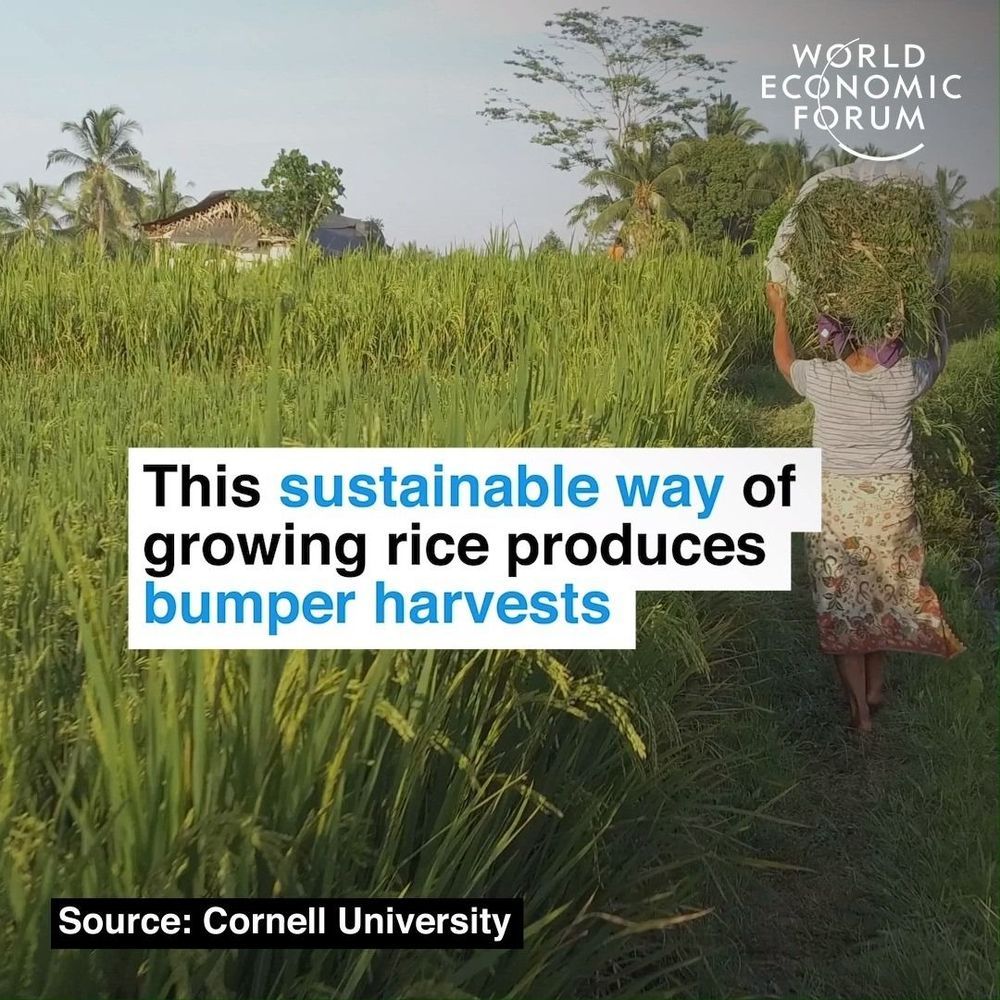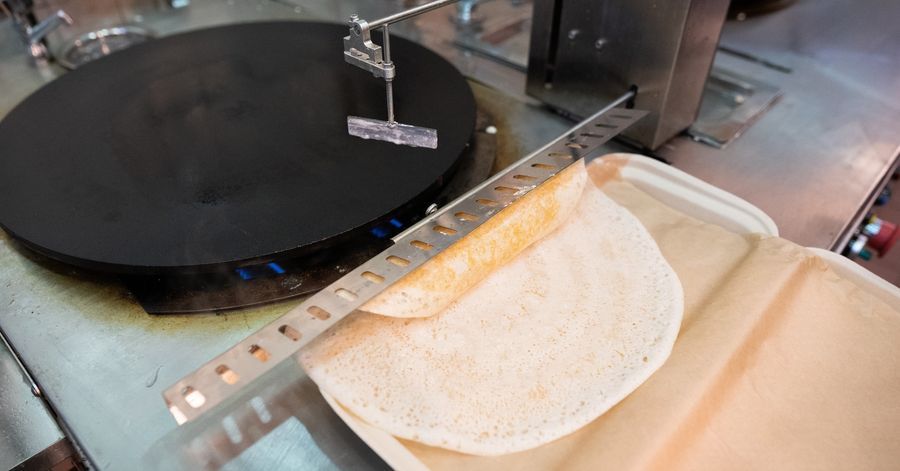The government has called a state of emergency in 12 districts across southern Peru as eruptions continue at Mt. Ubinas. Local governments are being overwhelmed particularly by health emergencies.
The eruptions of dense ash began before dawn on Friday, darkening nearby villages and spreading across four regions of Moquegua, Arequipa and Tacna. The Peruvian Geophysical Insitute, IGP, first issued a yellow alert but raised this to orange by noon as the eruptions increased. The ash will affect the health of inhabitants and also crops and grazing land, as winds spread the ash across the south and southeast of the region.
Emergency measures include immediate intervention of most government ministries, including Health, Agriculture, Transport and Environment. In earlier eruptions —most recently in 2013 and 2014— people from the villages close to the volcano had to be housed further away until the eruptions subsided.









